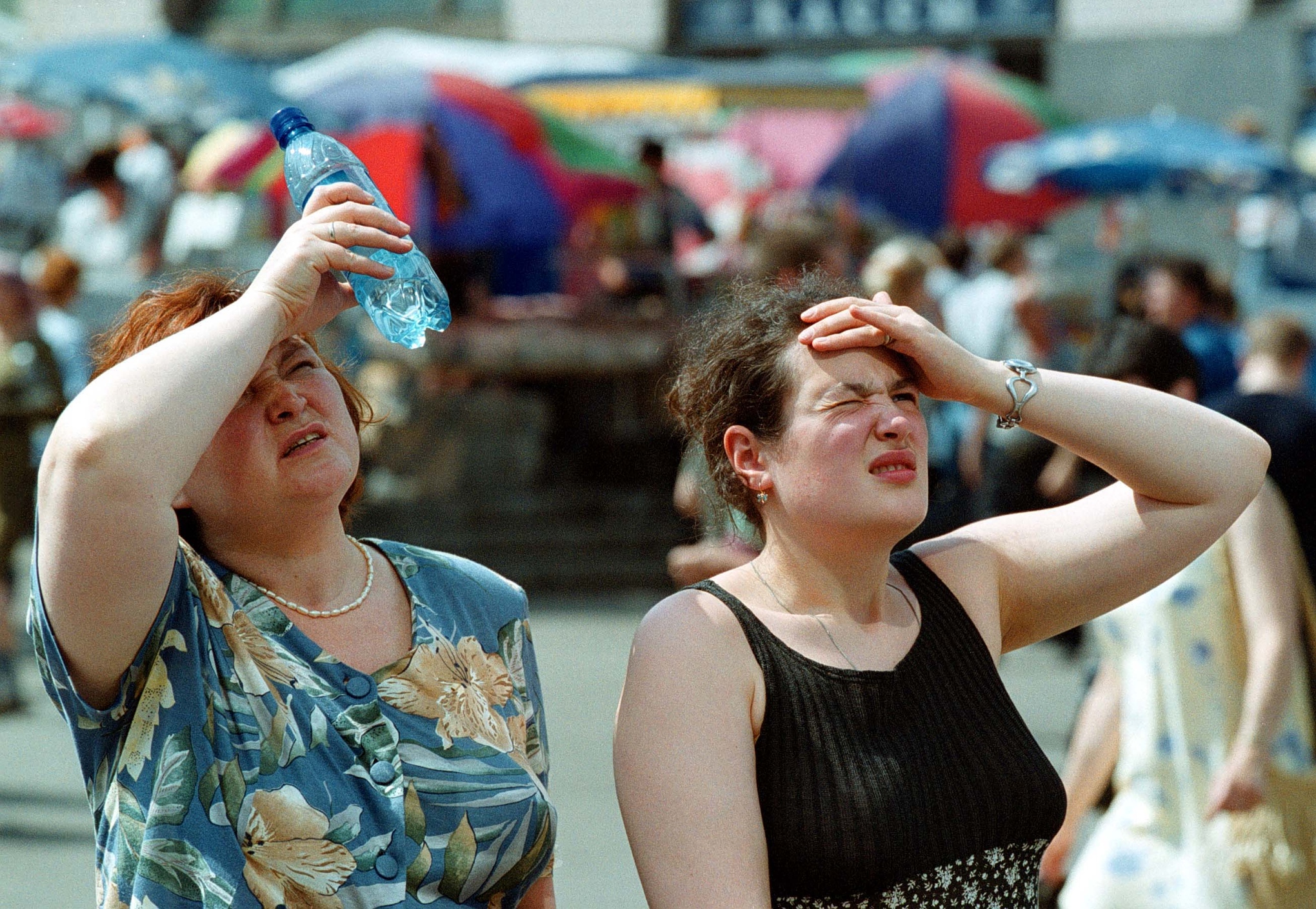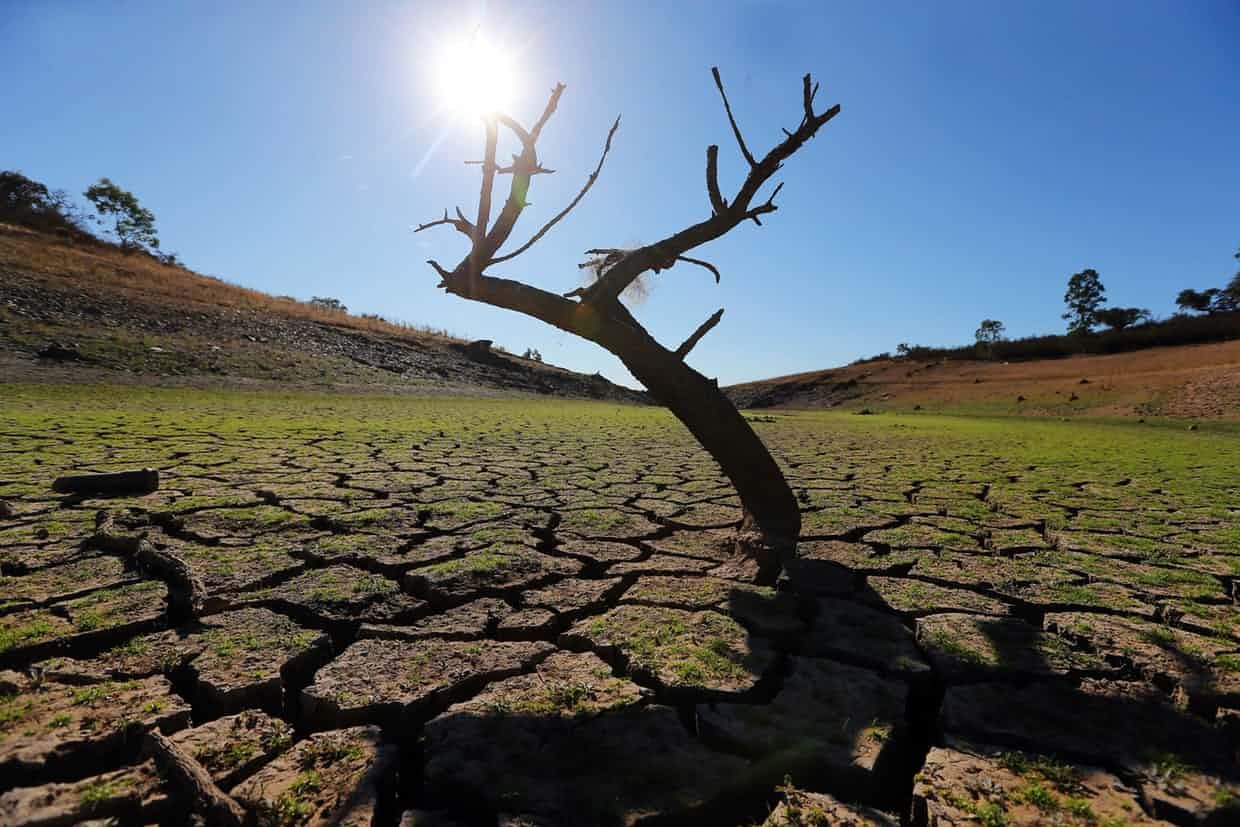Dr Geert Jan van Oldenborgh, from the Royal Netherlands Meteorological Institute, said it was incredible to see the “fingerprints” of climate change so clearly in the current heatwave.
“It’s amazing to see that now it is something you can really see at a local level in extreme weather rather than this very abstract global mean temperature,” he said.
The findings come after the Environmental Audit Committee warned that the UK government has not done enough to prepare for a future in which extreme heatwaves are the norm.
As heatwaves, wildfires and record temperatures have been recorded across the northern hemisphere in recent weeks, experts have used the chaos to highlight the need to tackle climate change.
“Even if we stick to the Paris agreement targets and keep global warming to below 2C, heatwaves and hot summers like we saw in 2003 and 2006 will likely occur in most years,” said Dr Andrew King, a climate scientist at the University of Melbourne who was not involved in the new study.
“Under a less optimistic scenario, where we don’t greatly reduce our greenhouse gas emissions, heat extremes will become far worse and the hot summers of today would be relatively cool in a few decades’ time.”
Dr Robert Vautard, one of the team members from the Laboratory of Climate and Environmental Sciences, said while heatwaves have always struck Europe, they were now striking at times and in places never seen before.
“Day after day, year after year, we see climate change unfolding,” he said. “We are not taking the right measures at the moment – we are discovering climate change instead of doing something about it.”













Comment